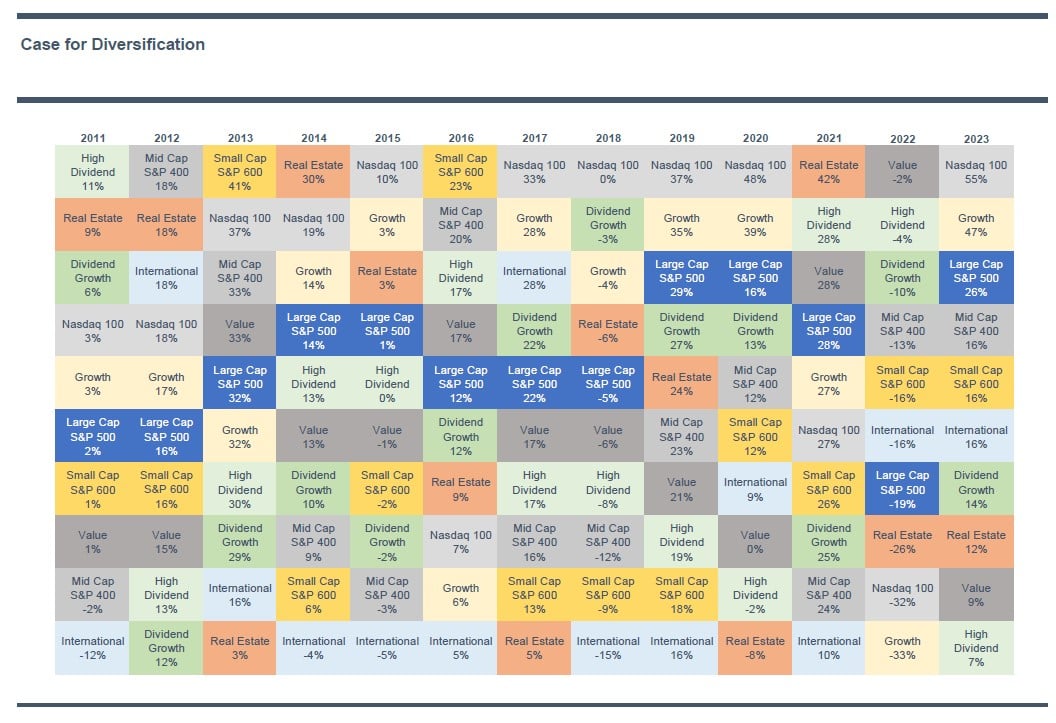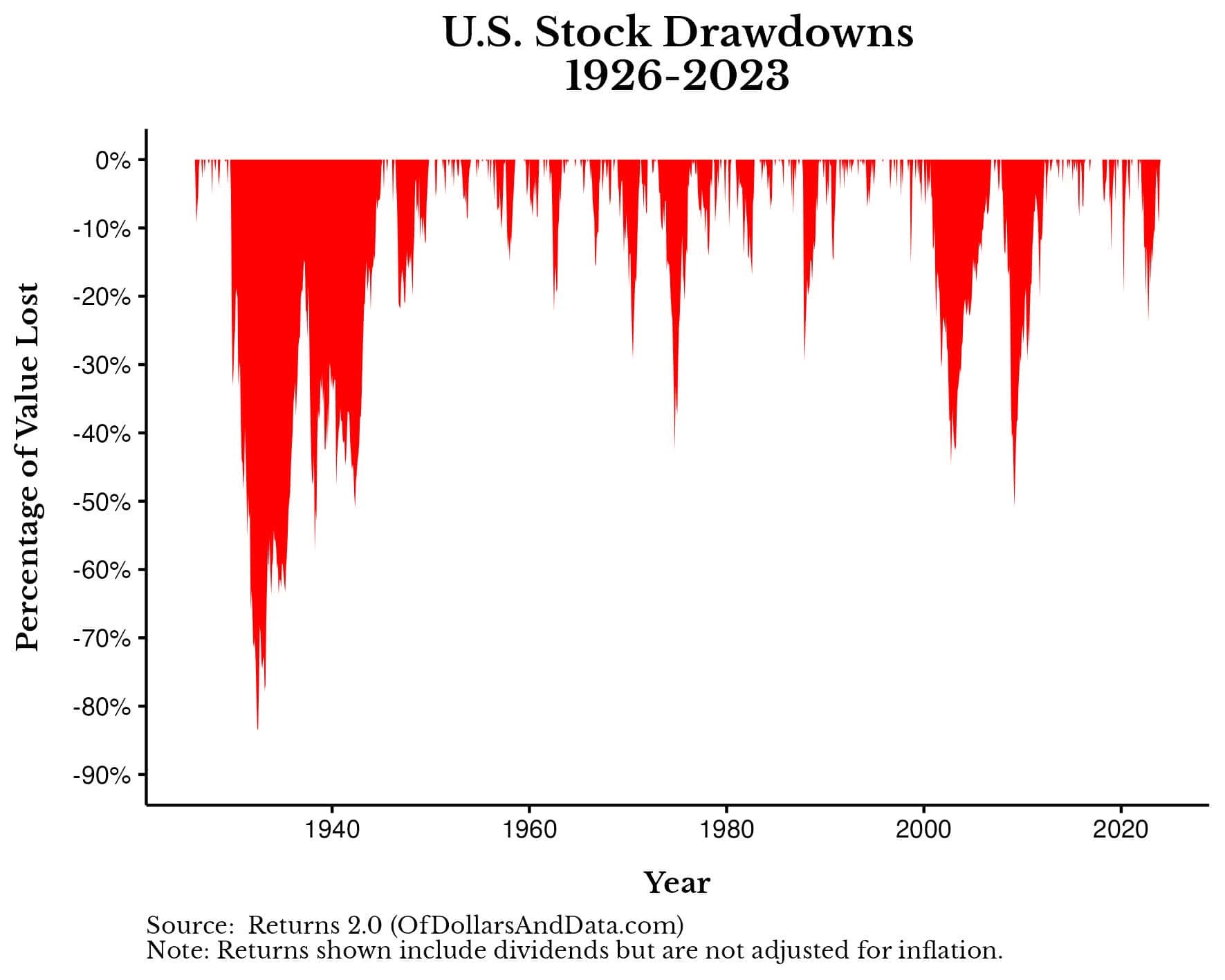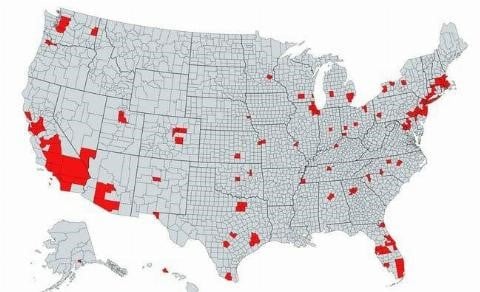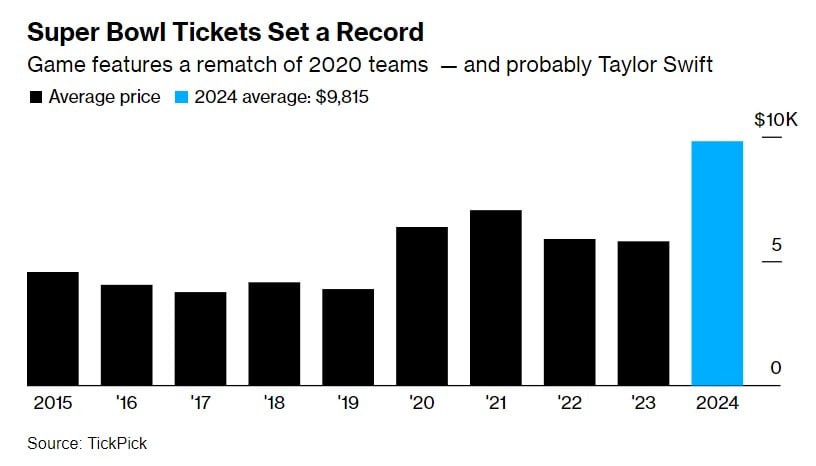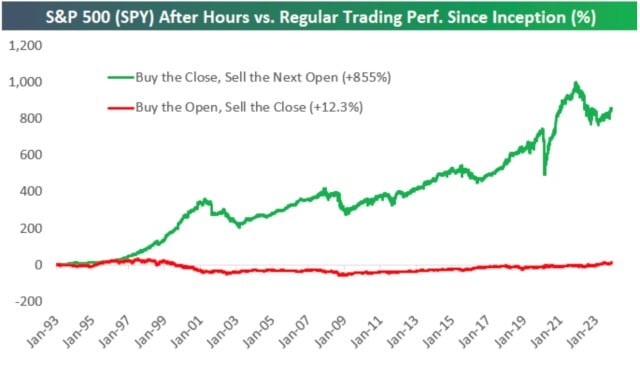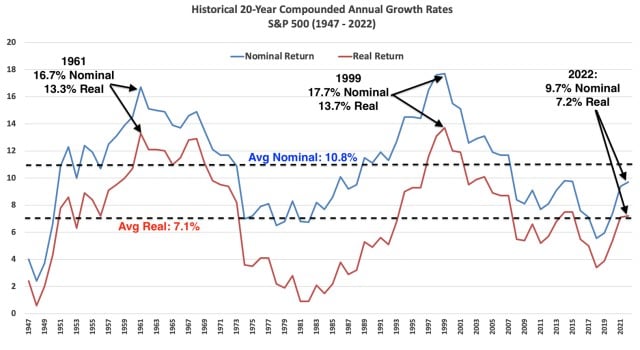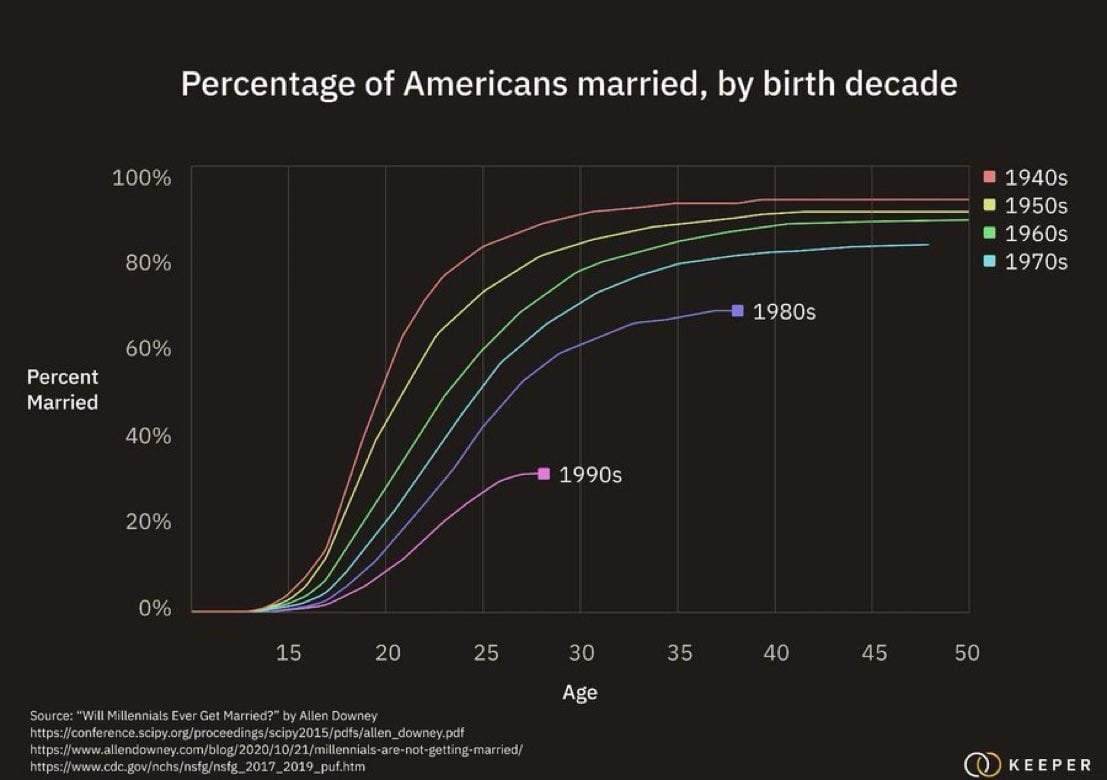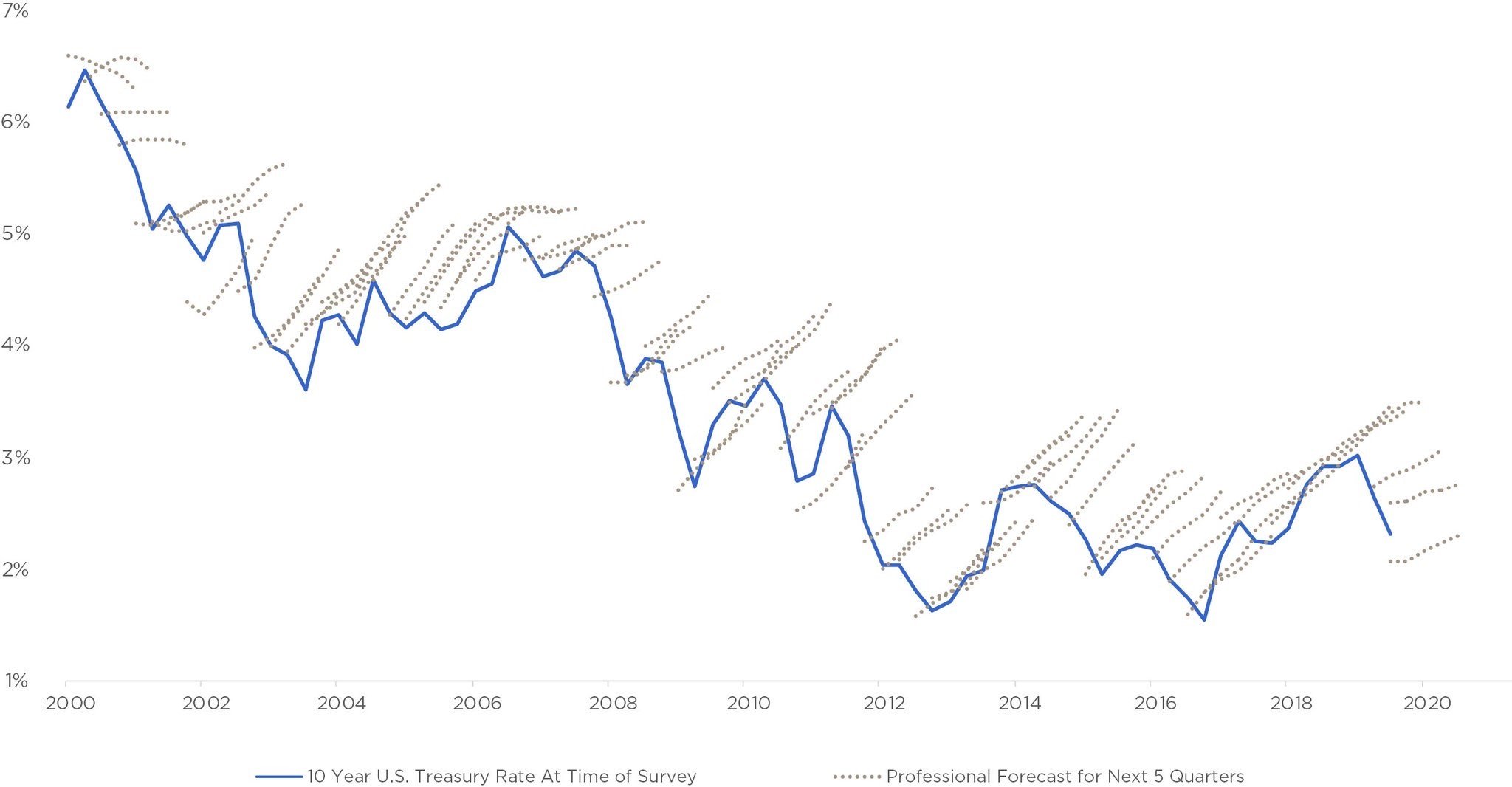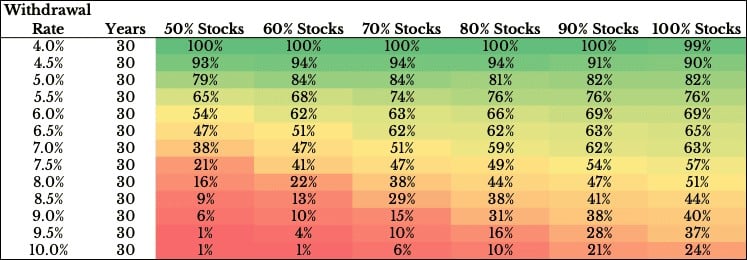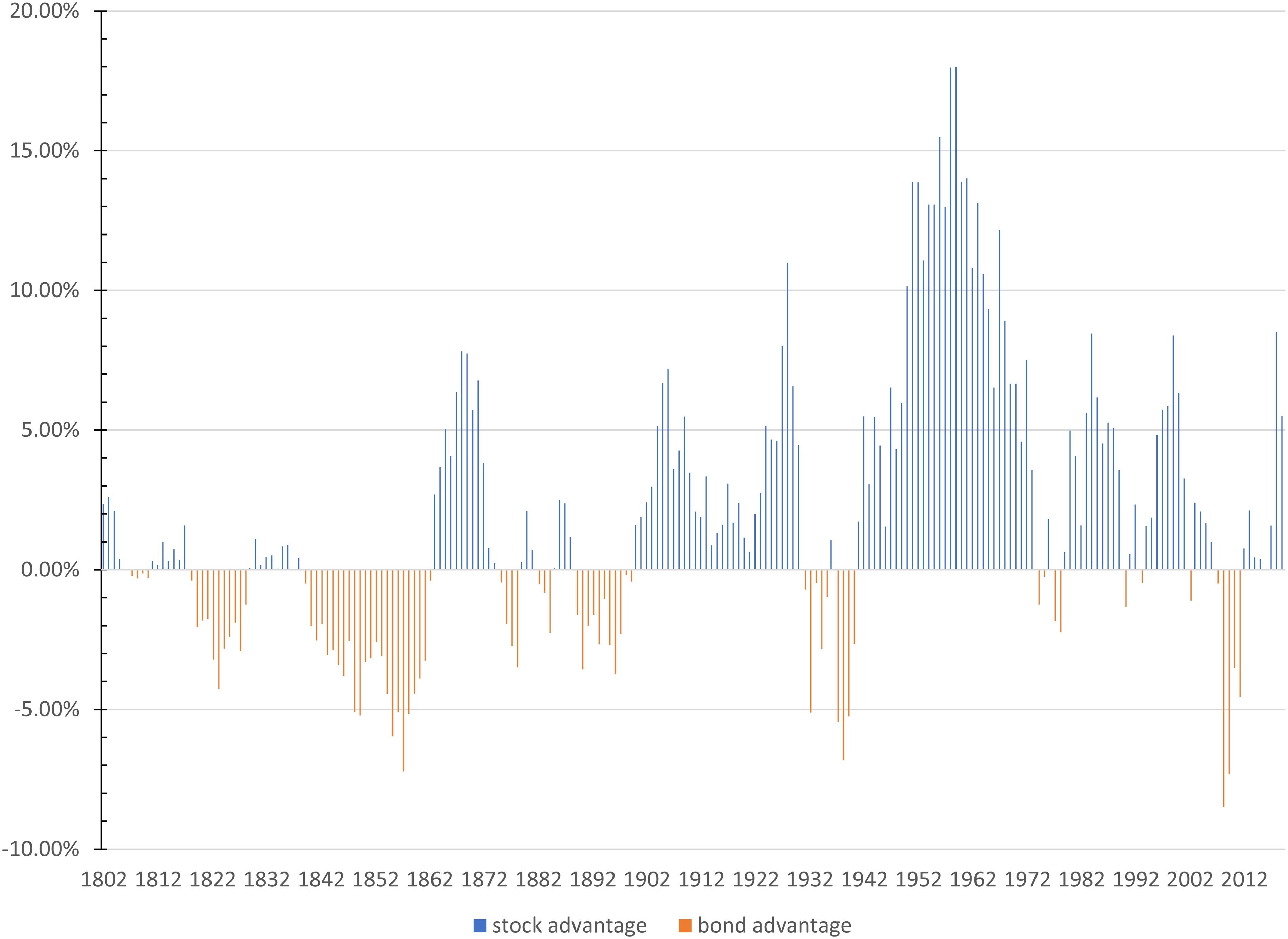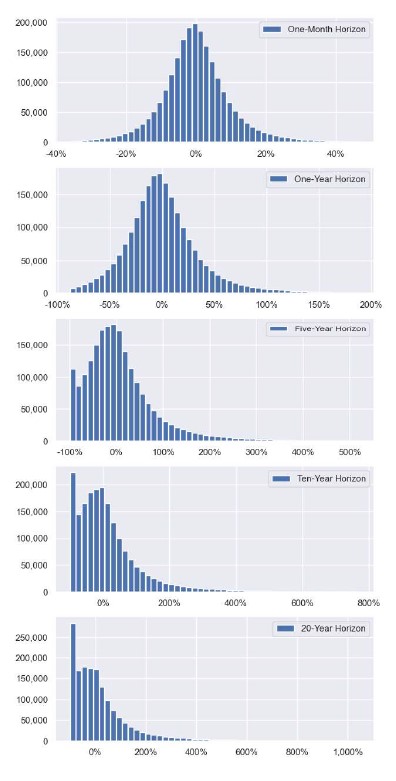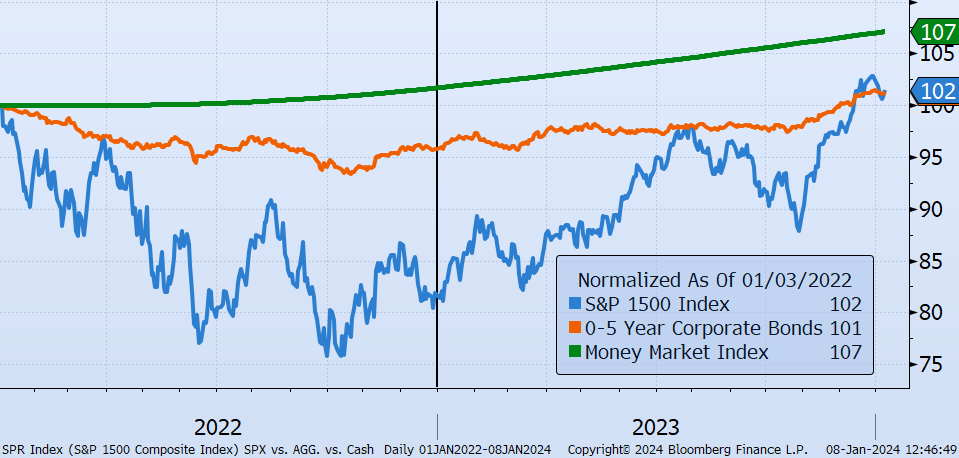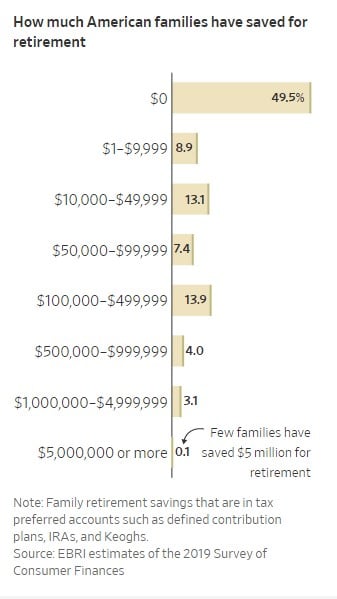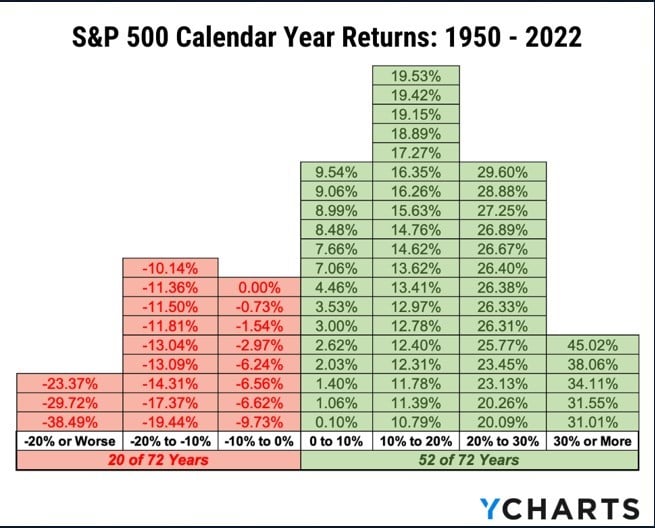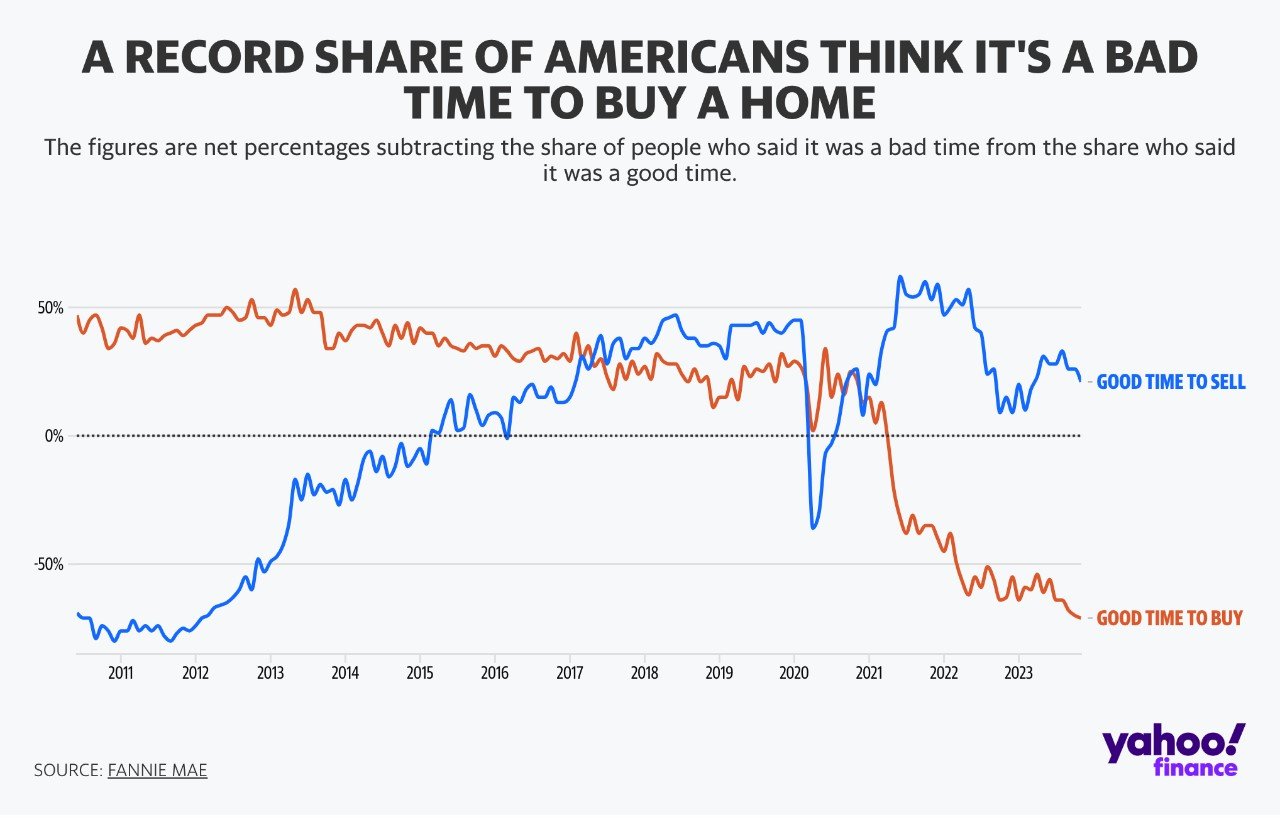Factors Over Time
Today’s Chart of the Day is a perennial favorite for some clients and shows the annual stock market performance of several factors. "Factors" is the name the market assigns to certain types of stocks. For instance: Growth stocks are those that have higher growth rates and often do not have a dividend; vs. Value stocks which are generally older, more established, and pay a dividend. Other factors are Small, Mid, and Large, Real Estate, International, and High Dividend. The “Chiclet Chart," as one client calls it, displays how each factor performs as compared to the others over time. It makes a visual case to be diversified into each to reduce volatility, since some do better one year and not the next.


